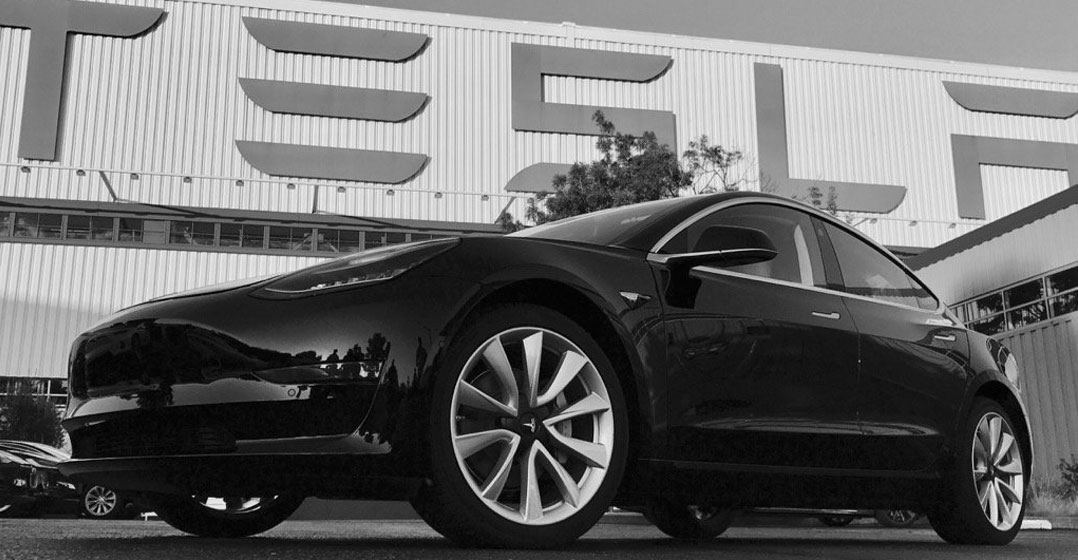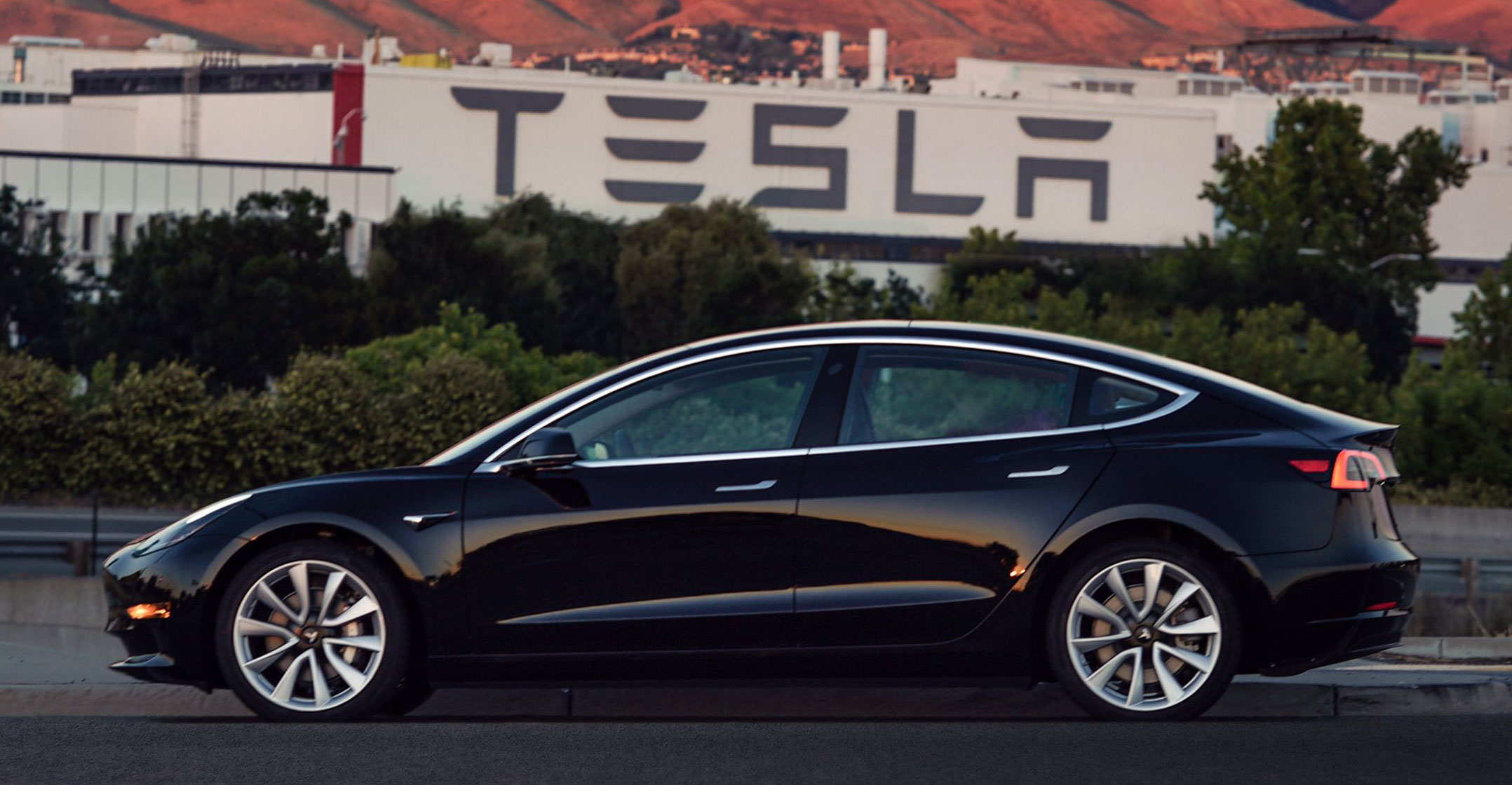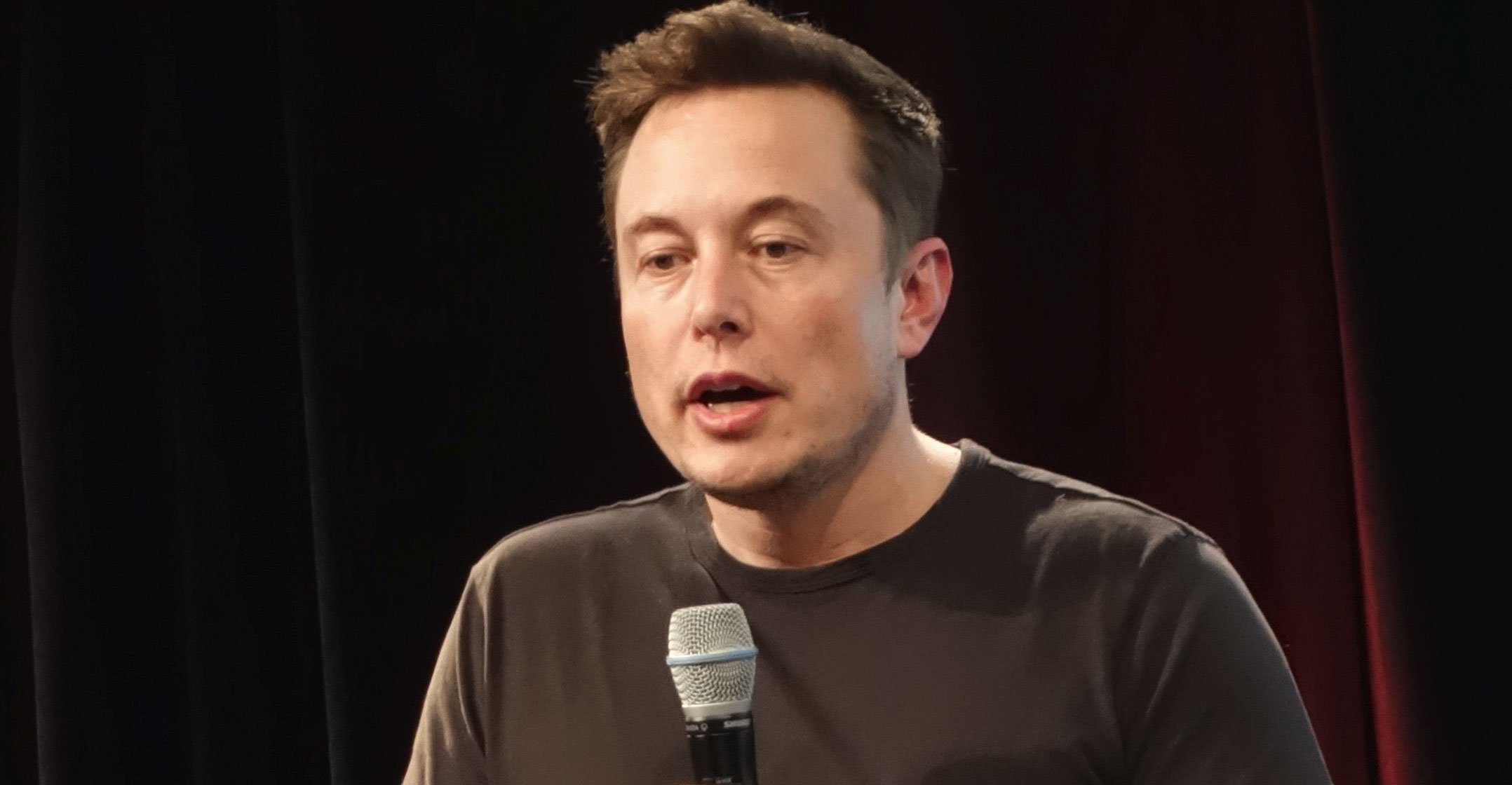
Five hundred kilometres. That’s the electric range of a US$44 000 version of Tesla’s Model 3, unveiled in its final form on Friday night. It’s a jaw-dropping new benchmark for cheap range in an electric car, and it’s just one of several surprises Tesla had in store as it handed over the keys to its first 30 customers.
Tesla has taken in more than 500 000 deposits at $1 000 apiece, CEO Elon Musk told reporters ahead of the event. This has created a daunting backlog that could take more than a year to fulfil — and that was before Musk took the stage in front of thousands of employees, owners and reservation holders to lift the curtain on the company’s most monumental achievement yet.
“We finally have a great, affordable, electric car — that’s what this day means,” Musk said. “I’m really confident this will be the best car in this price range, hands down. Judge for yourself.”
Tesla has simplified the manufacturing process “dramatically”, Musk said. In the same factory space where Tesla can build 50 000 Model S or Model X cars, it will soon be able to produce 200 000 Model 3s. Part of that is due to a simplified package of options. The car comes in two battery types: standard and extended range. Here’s how they break down:
- Standard battery: Price: $35 000Range: 350km (EPA estimated); supercharging rate: 210km in 30 minutes; zero to 100km/h time: 5.6s
- Long-range battery: Price: $44 000; Range: 500km; supercharging rate: 275km in 30 minutes (same as Tesla’s Model S); zero to 100km/h time: 5.1s
Only one other electric car in the world has broken the 500km range barrier: the most expensive versions of Tesla’s Model S, an ultra-luxury car that costs $97 500 or more. The new Model 3 has cheaper range availability than the current record holder, the $37 500 Chevy Bolt, which is outclassed in nearly every way by the Model 3.
Each year, the battle for cheap range gets a little bit more fierce.

The $35 000 standard Model 3 version won’t be available until the northern hemisphere autumn. The longer-range version is available now for the thousands of Tesla employees who placed reservations last year. A $5 000 premium options package includes an all-glass roof, open-pore wood decor, premium sound, heated seats and premium seat materials.
Unlike previous cars, Tesla wouldn’t disclose the size of its two battery packs. All cars will be identical from the outside, with no additional badging indicating battery size or premium options. The plan is for the Model S and X to eventually do the same.
We drove the Model 3
The Model 3 is elegant inside and out, and in ways that are difficult to appreciate from the photos. I was allowed to drive one before the event. It’s not as fast as the more expensive Model S — the quickest production car in the world — but the steering is tight and it seems more agile because of a smaller footprint and lighter battery.
The glass-roofed interior feels like a mini-atrium, and the 15-inch touch screen is bright and intuitively laid out. The dashboard is completely devoid of knobs, dials and gauges. I didn’t miss the traditional instrument panel in the least.
There were a few technological surprises. The ventilation system is a marvel, stretching in one long strip that spans the front seat. The touch screen allows both the driver and the passenger to instantly direct a wide flow of air wherever they want it. The scrolling dials on the steering wheel move in all four directions and allow you to adjust everything from the side windows to the music playlist.
These novelties come courtesy of some Tesla veterans. Executives responsible for the Model 3 have been there from the beginning, leading the company from tiny upstart to icon of automotive desire. Chief technology officer JB Straubel was the battery architect behind the original Tesla Roadster. Chief designer Franz von Holzhausen designed the company’s three most vaunted accomplishments: the Model S, Model X, and Model 3.
“The interior is nothing like any other car out there,” said Von Holzhausen. “When you get in the car, how does it feel? When you see the car, how does it make you feel? When you drive the car, what does it inspire in you?”
Tesla also aspires to be the world’s safest car maker, and the Model 3 is no exception. While the final safety scores by ratings agencies aren’t out yet, some of the evaluations have been conducted.
“In the Model 3, you’re fine,” Musk said. Meanwhile, “the Volvo is wrapped like a burrito around a coat hanger. It’s not good.”
Curse of the S Curve
Despite all of these achievements in range, technology and safety, Musk sounded grave about the road ahead. “The biggest challenge that we face here is ‘S Curve’ manufacturing,” he said, describing a ramp up of production that starts slow, then increases dramatically before tapering off. “That ‘S’ portion is us going through hell, basically.”
The Model 3 is an all-new car platform for Tesla, with novel motor technology and unique battery architecture. The car is designed for ease of manufacturing, and almost everything is controlled with the touch screen, which accepts inputs from voice commands and the two control knobs on the steering wheel.

Musk reiterated his projections of a very slow start in the next few months and then increasing rapidly to a rate of 20 000/month by the end of the year, and 50 000/month by the end of 2018. It’s an aggressive schedule that will more than double Tesla’s total production rate in six months, and then quintuple it by the end of next year.
“I have high confidence that we’ll get to the end of the ‘S Curve’, but it is impossible to predict the shape of it,” Musk said.
The key challenge, of course, is making all of these cars quickly enough and without the problems that plagued the launch of its more complicated Model X. Tesla aims to make 500 000 cars a year and is counting on its battery factory under construction near Reno, Nevada to drive down battery costs. Both the Gigafactory and the Fremont factory have showers, and some employees have sleeping bags, in anticipation of the long nights ahead.
Tesla’s “Master Plan” — a blog post laid out by Musk in August 2006 — was to enter the car industry at high-end prices, then drive down-market as fast as possible with increasingly higher volumes. The Model 3 is the Palo Alto, California-based company’s fourth car, after the Roadster sports car, the Model S sedan, and the Model X sport utility vehicle.
If the Model 3 is successful, it would signal the completion of the Master Plan and a new era of electrification for the car industry. “This is a great day for Tesla,” Musk said. “It’s something that we’ve been working for since the beginning of the company.” — Reported by Tom Randall, (c) 2017 Bloomberg LP




